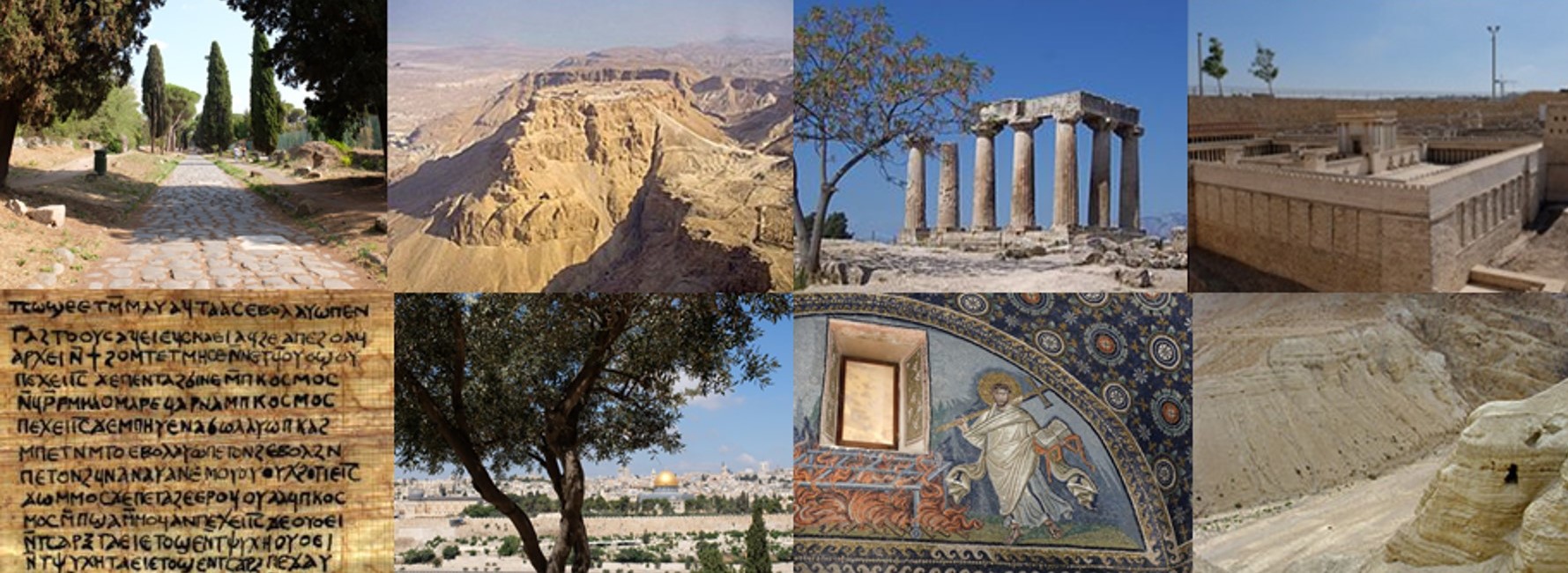Session 1
Anne Lanigan, Pontifical University, St Patrick’s College, Maynooth, ‘Just Lost: Zacchaeus’
Zacchaeus is an enigmatic character. On one level, the narrative depicts him in unusually well-defined terms but, on another, in a manner that is so equivocal that the audience is unsure how it is expected to respond to him. An impression arises of two Zacchaeuses, both equally sustained by the text. This effect is achieved by the implied author who, through the narrator, plays on audience assumptions and biases, leading the reader first to lean in one direction, then to reverse course and consider other possibilities. In a text where little is as straightforward as it seems, there are many gaps to be negotiated, much work to be done by the implied reader, and attempts to correlate the various pieces of information prove challenging. The issue is never resolved: is Zacchaeus a “sinner” undergoing a great conversion experience in the presence of Jesus, or does his “lostness” have another, more existential thrust?
Sue Ann Mak, University of Oxford, ‘Weeping and Tears in Luke’s Gospel Narratives: Between Ancient and Modern Commentators’
Within the Synoptic Gospels, Luke’s Jesus is known to be the most self-restrained, even un-emotional. However, Luke’s is the only Gospel that describes Jesus with the verb κλαίω (it is δακρύω in John 11:35) when he weeps over Jerusalem (Luke 19:41). The Gospel of Luke also accounts for the greatest number of references to weeping in the NT – 11 out of 40. Luke seems to display a special interest in weeping and tears – a topic seldom discussed in Lukan studies.
This project seeks to understand how we might interpret the Lukan motif of weeping through a close analysis of six weeping narratives (7:13; 7:38,44; 8:52; 19:41; 22:62; 23:28). I employ a reception historical approach to observe how the early fathers read weeping passages in Luke. Thereafter, I turn to modern Lukan scholars and their views on the same passages. What is the significance of the slippage between what the ancients thought and how the moderns perceive these texts? How could an ancient reading enrich, contribute to, and offer insights to modern views, and vice versa?
Session 2: Joint with Johannine Literature Group
Book Review Panel: Simon Gathercole, University of Cambridge, The Gospel and the Gospels: Christian Proclamation and Early Jesus Books.
Respondents: Judith Lieu, University of Cambridge, and Matthew Novenson, University of Edinburgh
Session 3
Jonathan Robinson, Carey Baptist College, New Zealand, ‘“Say to this Mountain”: An Intertextual Prophetic Metaphor in Mark 11:23’
In previous studies on Mark 11:23 interpreters have made much of the Scriptural background to the word mountain. The result is that most interpreters see this expression as either a hyperbolic exhortation to faith or a promise of a specific eschatological miracle, and sometimes both. In this study, I examine the distinctive motif of speaking to a mountain, rather than a common and variously used single word. I argue that within its Markan context this expression evokes a prophetic metaphor for human opposition, linked particularly to Jeremiah 51:25 and Zechariah 4:7. This suggestion is further supported by the recognition of the scriptural cornerstone/capstone motif which connects both the aforementioned prophetic passages and the immediate Markan context. Furthermore, I argue that this third interpretive option provides a more coherent train of thought from the temple’s enacted destruction (Mark 11:12-21) to the forgiveness of others (11:25) than that provided by the hyperbolic or eschatological interpretations.
Neil Martin, University of Oxford, ‘Networks of Intertextual Allusion in Luke’s Gospel’
Conventional discussions of intertextual allusion in the New Testament typically gravitate around links between tightly-bounded evoking texts and the texts they evoke with a greater or lesser degree of interest in the surrounding context of the latter. In Luke’s Gospel, however, several passages suggest the presence of more complex allusive networks where particular Old Testament narratives or themes recur repeatedly over a series of Lukan pericopes, uniting them in unexpected ways. Awareness of these networks holds the potential to significantly augment the range of tools currently available to exegetes for qualifying and interpreting allusive connections.
Drawing on Ziva Ben-Porat’s seminal study, The Poetics of Literary Allusion, and focusing closely on previously unappreciated allusions to the Joash story in Luke’s account of Jesus’ arrival in Jerusalem (Luke 19-20) and to Abraham’s intercession for Sodom and Gomorrah in Luke 13, this paper sketches a methodology for the study of allusive networks, developing aesthetic criteria that helpfully complement traditional approaches.

